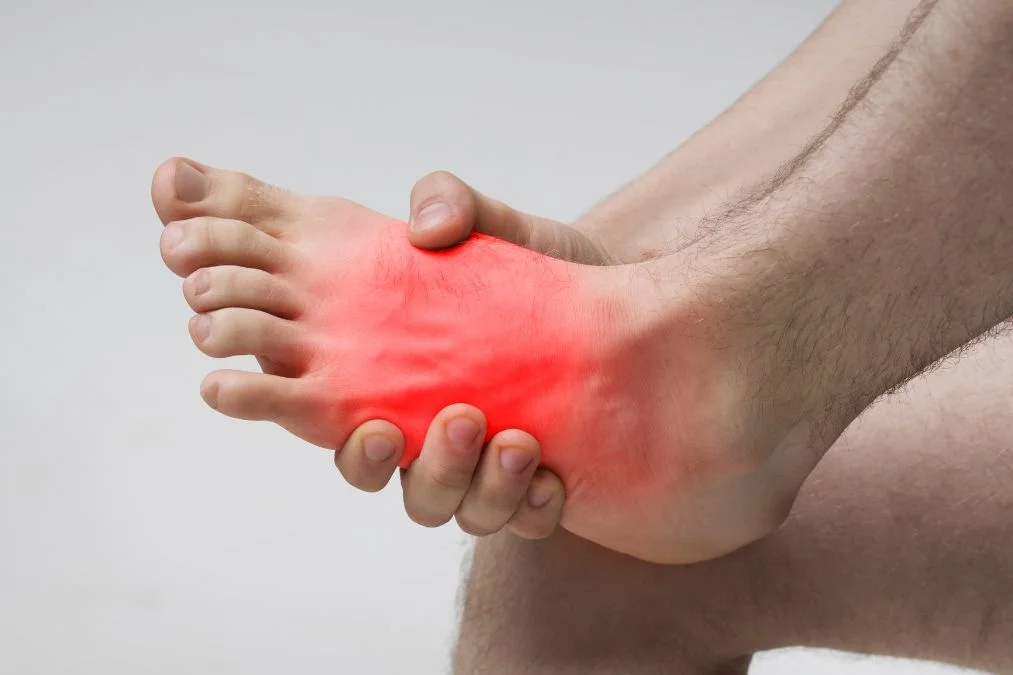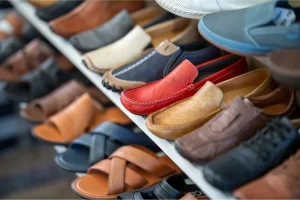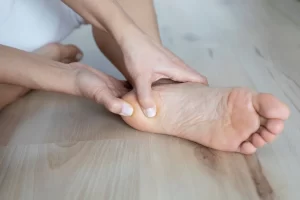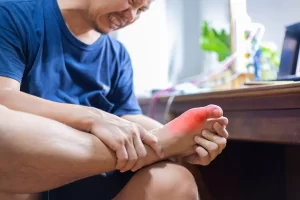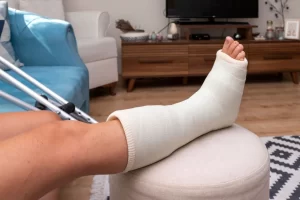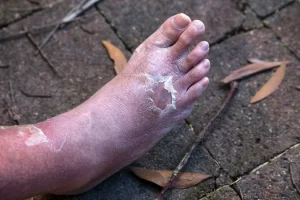In Singapore, the trend of adopting a healthy and active lifestyle is increasing. Many of our patients have been telling us that they are trying to clock 10,000 steps a day and 30 minutes of moderate physical activity a week. However, with such an increase in activity, injuries can occur. One of the common problems one may face is experiencing pain on the top of your foot. This type of pain can be due to various causes and may require a different approach to treatment. Understanding the potential reasons behind pain on the top of your foot can help you seek appropriate care and relief effectively. Here’s a comprehensive guide to the common causes of pain on the top of the foot.
Common Causes of Pain on the Top of the Foot
Extensor Tendonitis
The extensor tendons comprise 3 major muscles: tibialis anterior, extensor hallucis longus, and extensor digitorium longus. These tendons run along the top of the foot and are responsible for lifting the toes and foot. Overuse or excessive strain, often from activities like running or jumping, can lead to extensor tendonitis (inflammation). This results in pain, swelling, and tenderness along the top of the foot, especially when moving the toes or the foot.
Tendon Strain
A milder form of tendon injury compared to tendonitis, a strain on the tendons of the foot, can occur due to sudden or intense physical activity. Tendon strain leads to pain, swelling, and difficulty moving the foot comfortably. The good news is that many tendon strains will recover with rest, typically in 2 to 3 weeks.
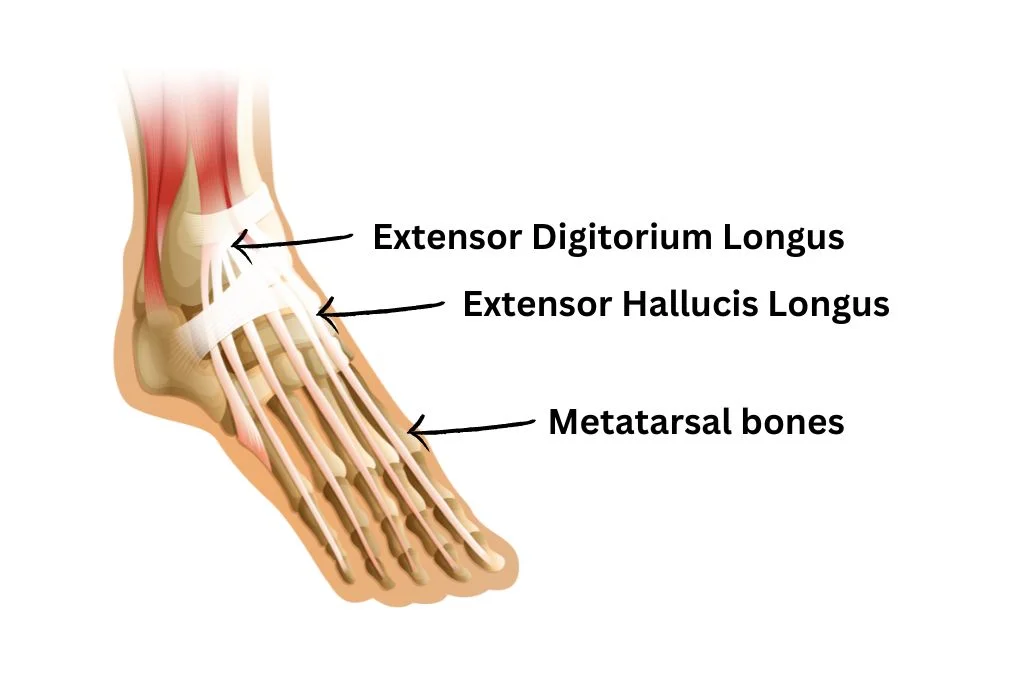
Metatarsal Stress Fractures
Stress fractures are tiny cracks in the long bones of the foot, typically caused by repetitive stress or overuse. The metatarsal bones, located in the forefoot, are common sites for stress fractures. Pain from a stress fracture often worsens with activity and improves with rest. You may also notice some bruising, swelling and tenderness over the top of the foot.
Bursitis
Bursitis occurs when the bursae, small fluid-filled sacs that cushion the bones and tendons become inflamed. Bursae can be found in various areas of the foot, particularly between the tendons and the bone. The bursae on the top of the foot can become irritated due to friction or pressure against shoes or repetitive motion. This inflammation leads to pain, swelling, and tenderness on the top of the foot.
Nerve Compression
Nerve compression, or a nerve condition known as Morton’s neuroma, can cause pain on the top of the foot. This condition results from the thickening of tissue around a nerve leading to the toes, causing pain, burning sensation, numbness and tingling. While Morton’s neuroma typically affects the ball of the foot, it can also lead to referred pain on the top of the foot. Nerve compression can be due to tight-fitting footwear or abnormal foot motion during activity.
Arthritis
Arthritis, particularly osteoarthritis, can cause joint pain, stiffness, and swelling, which can be felt on the top of the foot. It is a result of joint wear and tear as one ages and can occur in any foot joint. It can be triggered by a sudden increase in activity and shoes that lack structural support.
Contusions and Injuries
Besides overuse injuries, one of the common reasons for foot pain is contusions. Direct impact or injury to the top of the foot, such as from a trip or fall, can cause immediate bruising and pain. Contusions or soft tissue injuries on the top of the foot can result in localised pain, swelling, and discolouration.
Footwear Issues
Whilst this is not really an injury or a condition, wearing poorly fitting shoes or high heels can lead to pain on the top of the foot. Shoes that are too tight or have inadequate support can compress the top of the foot and cause discomfort. This is especially true for slip-on shoes that have a restrictive elastic band over the top of the foot. Therefore, learning how to find the right shoe with the right fit is crucial.
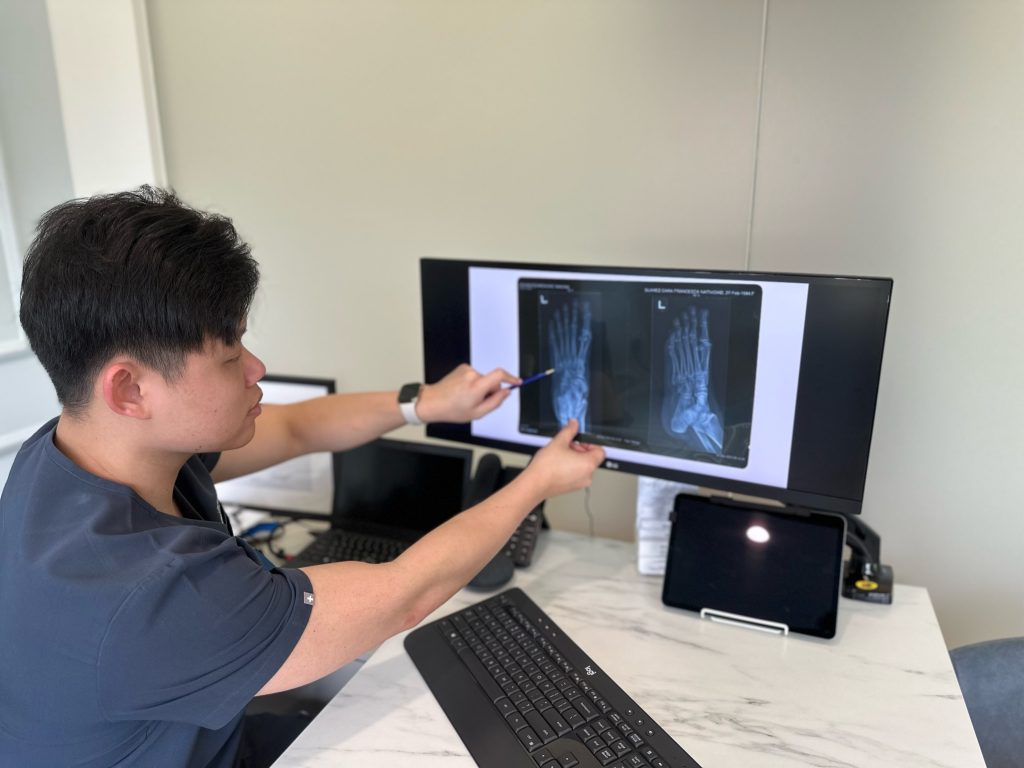
Diagnosing the Cause of Pain on the Top of the Foot
Diagnosis is always key to finding the right management. To determine the underlying cause of your foot pain, we highly recommend consulting a podiatrist or medical professional. They can perform a thorough assessment comprising physical examination, walking gait analysis, and footwear assessment. Their findings can help identify the root cause and determine if further investigation, such as X-rays or MRI, is necessary.
Treatment and Management of Pain on Top of the Foot
Treatment options for pain on the top of the foot depend on the underlying cause. Common approaches we will recommend include:
- Rest and Ice: Resting the foot and applying ice can reduce inflammation and alleviate pain.
- Footwear Adjustments: Wearing well-fitting shoes with proper support can prevent further irritation and discomfort.
- Medication: Over-the-counter pain relievers to manage pain and inflammation.
- Physical Therapy: Strengthening and stretching exercises may be recommended to improve foot function and prevent future issues.
- Orthotics: Custom orthotic devices can provide additional support and alleviate pain caused by structural issues.
- Advanced Therapies: Methods such as shockwave therapy can accelerate natural healing.
- Surgery: In severe cases or when conservative treatments fail, surgical intervention may be necessary to address underlying issues.
Don’t Let Pain on Top of the Foot Affect Your Activity
Pain on the top of the foot can result from a variety of causes, including tendonitis, stress fractures, and nerve compression. Identifying the exact cause is crucial for effective treatment and relief. If you’re currently experiencing persistent or severe pain on the top of your foot, seek professional evaluation early.
At Straits Podiatry, our experienced team of podiatrists can help provide you with your diagnosis and appropriate care. By addressing the root cause of your foot pain, we will help you get back to your daily activities with improved comfort and function. Contact us today!
Jackie Tey
Chief Podiatrist, B.Pod(Hons). Your foot and lower limb specialist passionate about raising awareness for foot and lower limb health.

